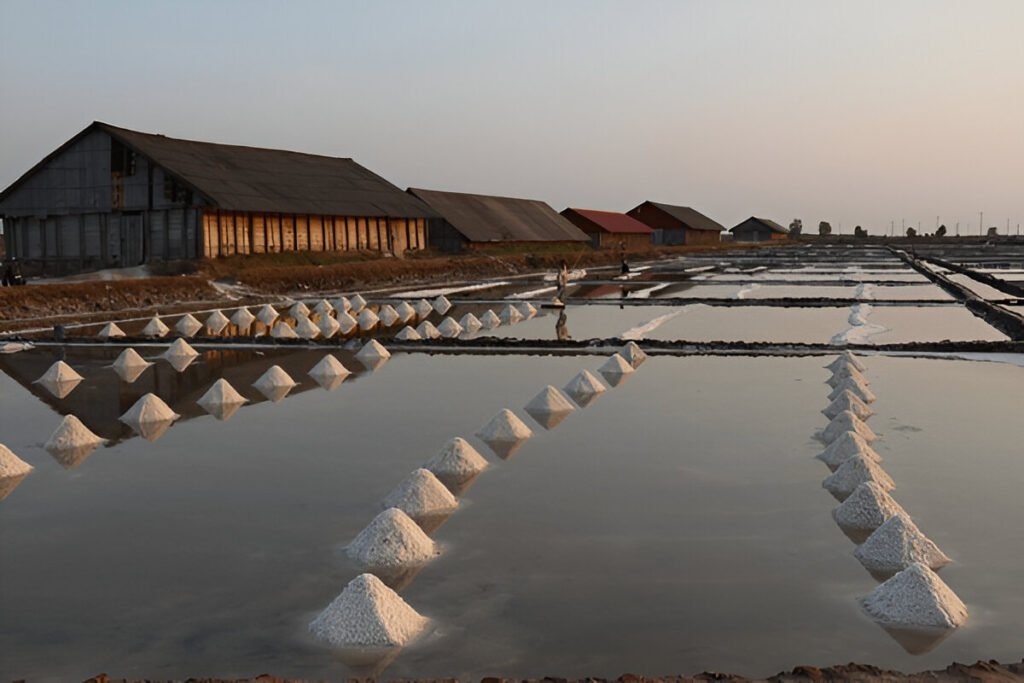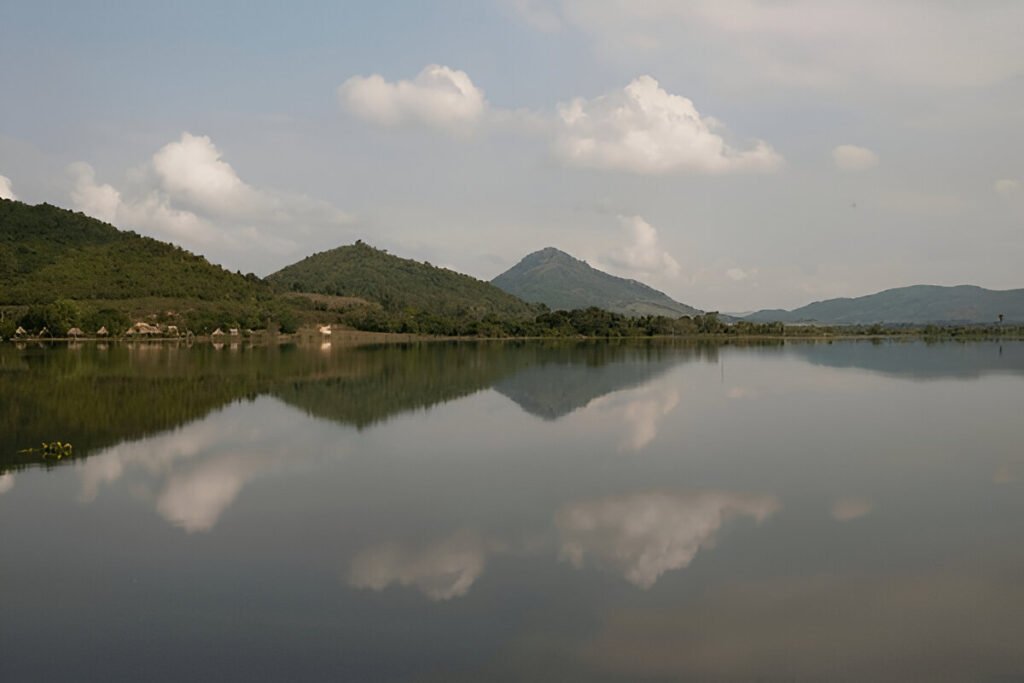Introduction:
Nestled on the shores of Lake Biwa in the Shiga Prefecture of Japan, Hikone Castle is a priceless relic of the Edo period, standing tall and proud since 1622. It is one of Japan’s four castles designated as national treasures and one of the few original castles that survived the post-feudal era intact. The castle’s rich history, impressive architecture, and captivating beauty make it a must-see destination for locals and tourists alike.
Unraveling the History of Hikone Castle
Hikone Castle, originally built over two decades by the lord of Omi, Naotsugu Ii, has been remarkably preserved, allowing us an intimate glimpse into the past. The castle was constructed using parts from the dismantled Ōtsu Castle, showcasing an incredible feat of design and engineering. The Ii family’s rule lasted thirteen generations, spanning over 250 years. As a result, the castle and its surrounding features are a physical representation of the family’s prestige and power during Japan’s Edo period.
The three-story keep, or donjon, is the castle’s main attraction, still standing as it was over four centuries ago. Its white walls and black roofing tiles give it a distinct and striking appearance. From the top of the keep, you can enjoy breathtaking panoramic views of the surrounding city and the magnificent Lake Biwa. The castle complex also includes beautiful gardens, teahouses, and the Genkyū-en Garden, which is designed to mimic the style of the Imperial Palace.
Journey Through Time: A Tour Inside Hikone Castle
A tour inside Hikone Castle is like stepping back in time. Each element – from the stone walls and moats to the intricate carvings and historical artifacts – tells a story of a bygone era. The castle houses an impressive collection of armor, weapons, and other relics that reflect the history and culture of the feudal age. The Hikone Castle Museum offers a detailed exhibition of the Ii family’s artifacts, including beautiful lacquered furnishings and samurai armor.
Exploring the castle grounds is as rewarding as admiring the castle’s interior. The Genkyū-en Garden is a serene, landscaped garden designed in the kaiyū-shiki style, where visitors can enjoy a tranquil stroll while soaking in views of the castle. The garden’s pond is shaped like the Japanese character for ‘heart,’ and the four islands within the pond represent the four seasons, a testament to the Japanese culture’s profound appreciation for nature and aesthetics.
During the cherry blossom season, the castle grounds transform into a spectacular sight, attracting visitors from all over the world. The Hikone Castle Festival, held annually in October, is another event not to be missed. It features a parade of warriors and samurai, recreating the atmosphere of the Edo period.
Conclusion:
Visiting Hikone Castle is not just a journey into Japan’s rich history, but a unique opportunity to experience the enduring spirit of the Japanese culture. Whether it’s the architectural grandeur of the castle, the tranquility of Genkyū-en Garden, or the allure of seasonal festivals, Hikone Castle promises an unforgettable experience. Don’t miss the chance to immerse yourself in the enchanting world of Hikone Castle, where the echoes of the past blend seamlessly with the beauty of the present.






